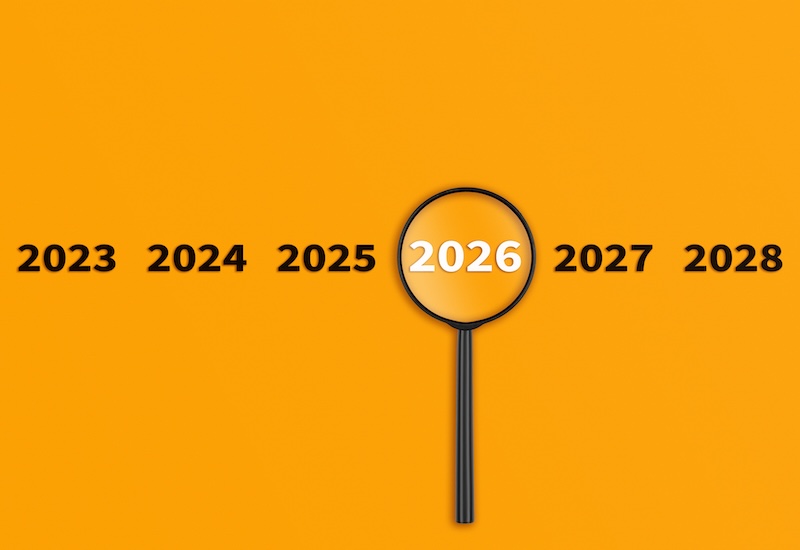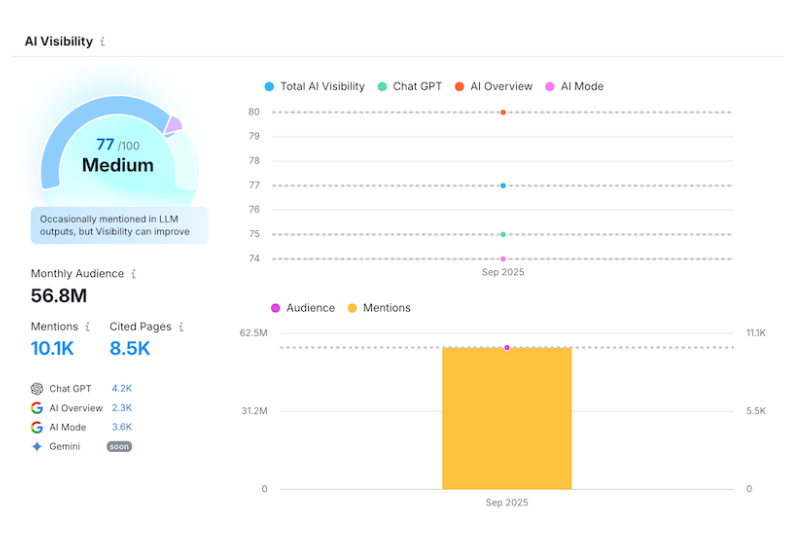eCommerce + ERP: Better Together
Five reasons why integrating eCommerce with ERP is good for your customers and your business
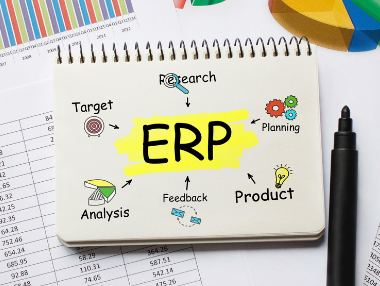
You know integrating your eCommerce platform with your ERP system is important.
After all, for most consumer packaged goods (CPG) manufacturers, the enterprise resource planning system acts as a “single source of truth.” When your eCommerce platform and ERP system talk to each other (like this!), everything is easier. Your eCommerce platform may not have the latest seasonal product catalog or price list. Keeping your inventory records up to date becomes extremely time-consuming. Worst case, you’ll oversell your inventory and find your most popular products out of stock.
If you’re an omni-channel business, integrating eCommerce and ERP matters even more. Your customers need to see the same prices, promotions, payment options, and so on whether they’re buying online, at the store, or somewhere else. And your eCommerce platform needs real-time visibility into fulfillment and shipping information stored in the ERP system, so customers can see what’s happening with their orders.
Yet sometimes companies put off this integration, either to manage costs or simply because they’re busy. They often regret that choice later on. Delaying the integration of eCommerce and ERP can make it exponentially harder—and more expensive—to integrate them in the future. And it can stifle your growth.
This article from Adobe highlights the five top reasons to integrate eCommerce with ERP right now.
1. Give customers near-real-time visibility into inventory levels
ERP systems contain transactional data such as the items purchased, time, place, prices, item descriptions, customer info, payment methods, and shipping methods used in any given sale. This information is used to make projections, create financial reports, resupply inventory, etc. And eCommerce typically relies on inventory data stored in ERP to determine if products are available.
When eCommerce and ERP systems don’t communicate, batch uploads happen every night—or, worse, a full-time person enters data into ERP manually, often one order at a time. Perhaps new orders are loaded into the ERP system, and changes to inventory levels and pricing are communicated to the eCommerce system. Either way, both systems operate for long periods of time with potentially outdated information. The eCommerce platform may list a product as available when it’s really out of stock. The ERP system may not trigger a necessary request for more product. And any failed upload may lead to eCommerce and ERP systems falling further out of sync.
When you integrate eCommerce and ERP systems, you let both platforms run with near-real-time data. You no longer have to manage batch processes or single orders by hand. Your online customers, meanwhile, get a more accurate picture of which products are available. They can see where inventory is available and how much product is left in each location, which helps them make better buying decisions.
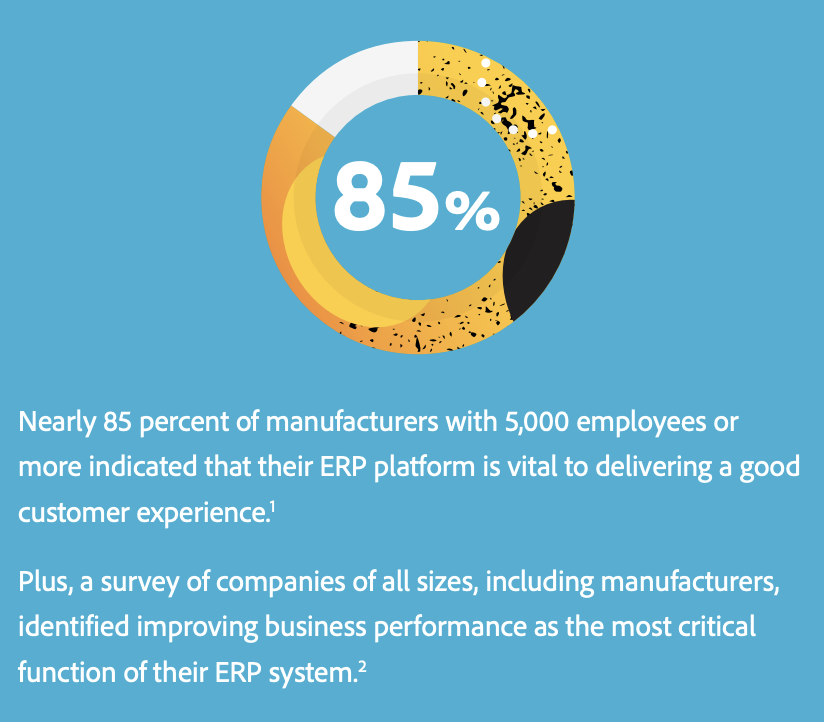
2. Manage inventory costs and resupply
When a customer places an order and the order makes its way into the back office, it triggers numerous processes in the ERP system. These may include accounting, shipping, inventory reporting, and more. ERP systems may use inventory data to set manufacturing targets or to order new supplies automatically.
When inventory information does not reach the ERP system quickly, it’s harder to manage inventory. You may need to hold onto more product as a buffer to account for this lag and to reduce the risk of an order-inventory mismatch.
When eCommerce and ERP systems are integrated, transactions are immediately visible to the ERP system. Inventory can be managed on a real-time basis and you can store less product.
3. Reduce “WISMO” calls
ERP systems often initiate order shipping and fulfillment. This information is critical for your customers, who need to know when their orders will be delivered. If your ERP system doesn’t flow this information to your eCommerce platform in real time, then your customers won’t be able to track their orders online, whether they bought from your web store, a retail outlet, or one of your warehouses.

If customers are unsure where their orders are, they will probably call customer service. These “where is my order” (WISMO) calls can be time-consuming to field. And they can be frustrating for everyone if your customer service team also doesn’t have real-time access to the shipping and fulfillment data from your ERP system.
Integrating eCommerce and ERP systems means your eCommerce platform can get instant access to ERP information. You can give your customers a window into what’s happening with their orders, whether they bought online or from another channel. You can also use this information to send push notifications with updates on shipping status and delivery dates.
The bottom line? You and your customers will know where all shipments are at all times. And WISMO calls will go way down.
4. Allow self-service account management
Your ERP system may store all kinds of data about your customers, including transaction history and invoices, payment terms, and purchasing trends across all channels. Your customers want to see this data. Wholesale buyers usually call their account reps, who typically have to piece this information together from the ERP and eCommerce systems. Retail buyers may not get any of this information.
If your ERP and eCommerce platforms are connected, you can give all your customers a complete view of their account online. They’ll be able to see and manage all bills, payments, and returns across channels. Wholesale buyers will be able to use historical data to run their own reports. Meanwhile, your account reps will be able to spend more time driving new sales.
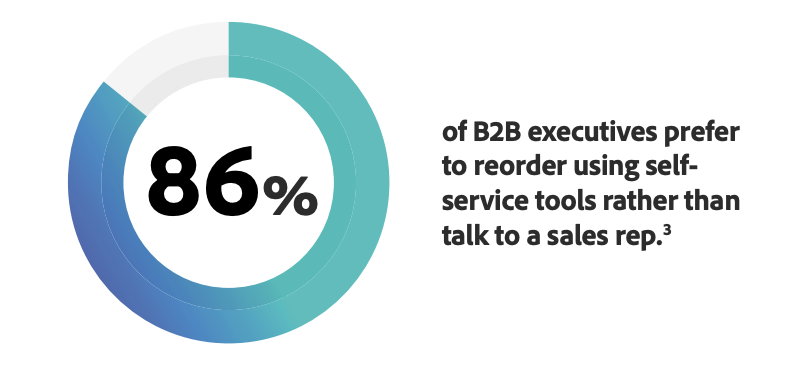
5. Simplify compliance with cross-border and local taxes
Many ERP systems have a built-in tax engine that is used for sales that happen within the eCommerce platform. Some also build in special tax rates and exemptions for particular customers. This is especially common for wholesale customers who may, depending on their supply chain, be eligible for refunds of some value-added taxes (VAT).
When you integrate eCommerce with ERP, you can apply tax rates and customer-specific rules from your existing ERP tax engine to your eCommerce sales.
You store tax information in only one place, which eliminates the need to synchronize data and improves compliance with local and regional regulations. It also helps ensure that your customers pay the taxes they owe— and no more.
Discover how Adobe Commerce (Magento) connects with ERP and other business critical systems!
Contact us today to learn more.
